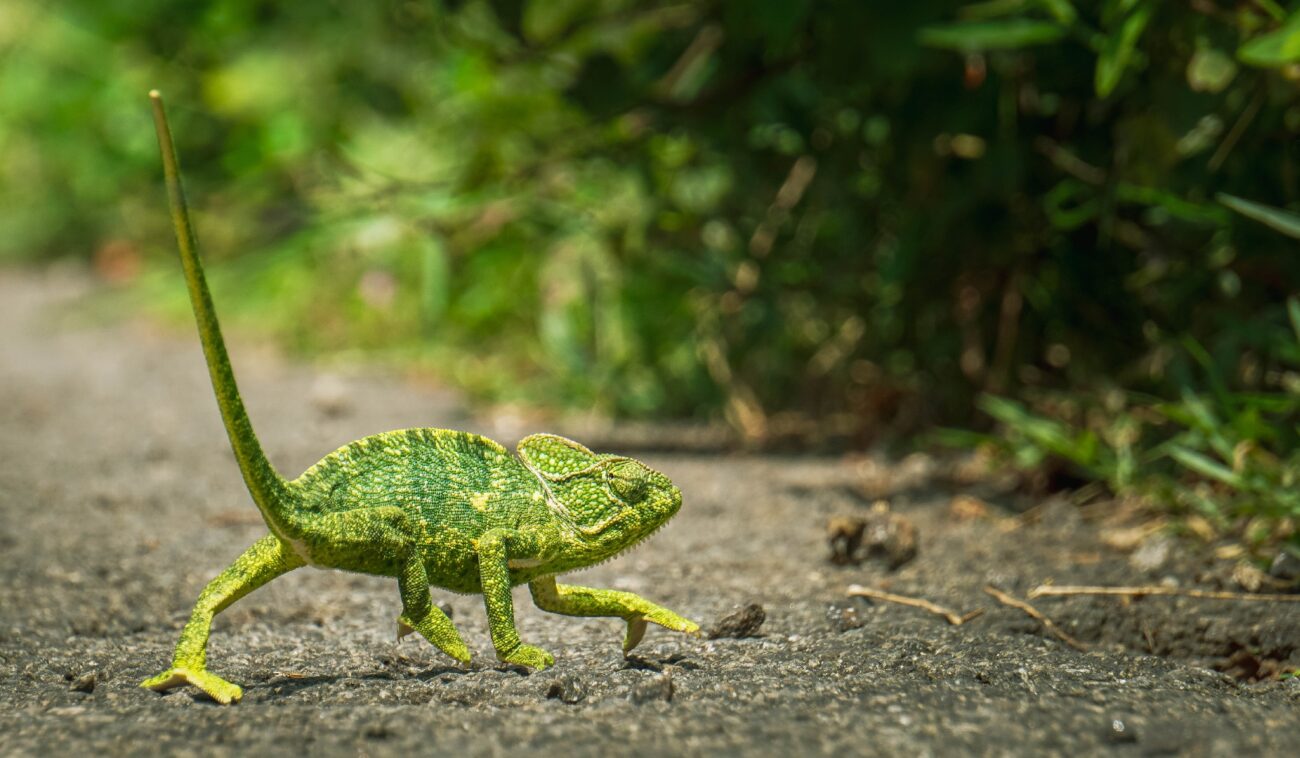More than 50 per cent of the Caribbean’s reptiles went extinct after Europeans arrive
A new study has revealed that approximately 70 per cent of the snakes and lizards living on some Caribbean islands may have disappeared.
And the possible reason on this could be the preys of animals, such as mongoose, rats, and cats, that were brought in by the European explorers when they arrived 500 years ago. They could have also died when they lost their habitat to human’s expansion of agricultural lands.
In a recent article by the Science magazine, 43,000 fossils were said to be unearthed by the team of Corentin Bochaton, a zooarchaeologist at the Max Planck Institute for the Science of Human History, from the previously excavated caves in Guadeloupe.
“After sifting through the dirt in different layers of the cave floors and going through the findings of the previous excavations, they collected tens of thousands of bone fragments, some as small as 3 millimeters,” the article reported.
A total of 16 distinct types of lizards and snakes have been identified by the researchers. An island was discovered too be home to at least four types of snakes and five types of lizards 11,000 years ago, and none of which exist there today.
Bochaton and his colleagues further discovered that at least 13 reptile species thrived before the arrival of Christopher Columbus in 1493.
“But roughly half those populations disappeared within 350 years of European settlement,” the article continued. “At least three snake and five lizard species went extinct.”
Scientists believe that there is “a growing realization” that these reptiles are essential in the food chain. Some even change the very landscape by digging home in the earth.
How the findings help understanding that these losses mean to the region’s ecosystem is still unclear, but Jonathan Losos, an evolutionary ecologist at Washington University in St. Louis who was not involved with the new work thinks that this new information is “a little unsettling.”
“What [is] there today has only been around for a few centuries,” Losos said. “We have a very biased view,” given the relatively short histories of some of these animals in the region.



